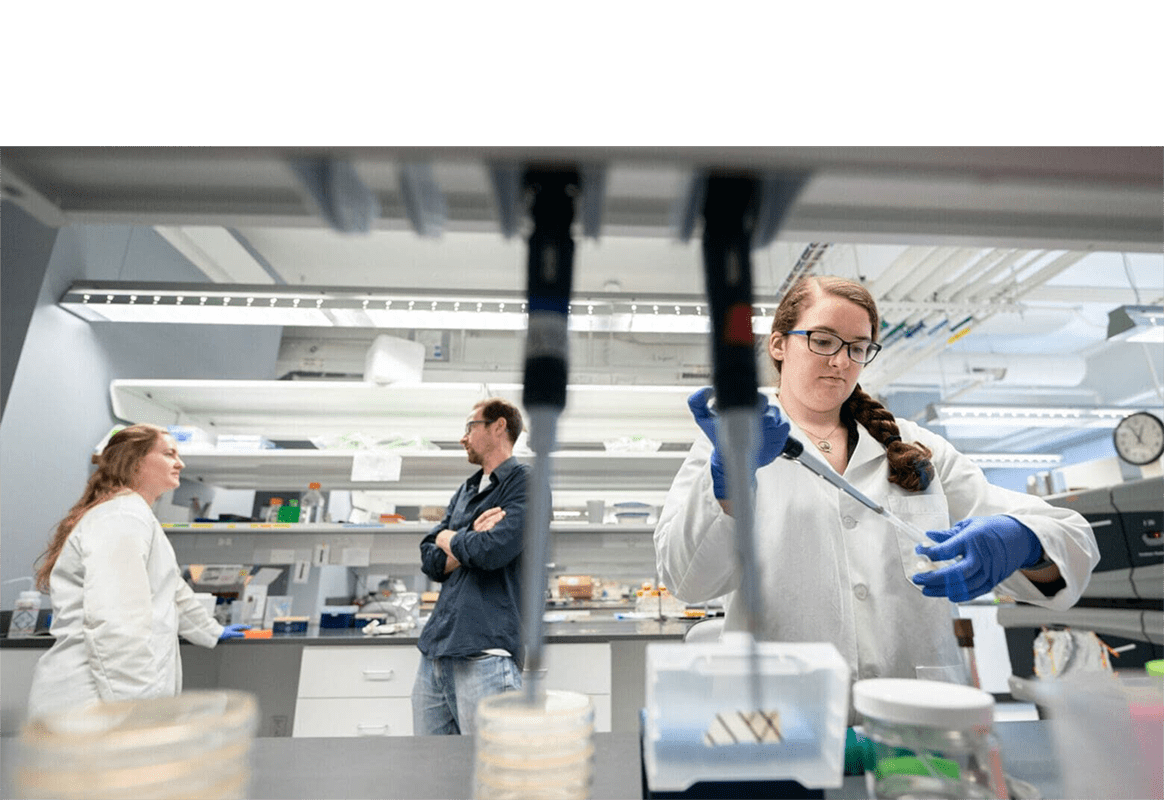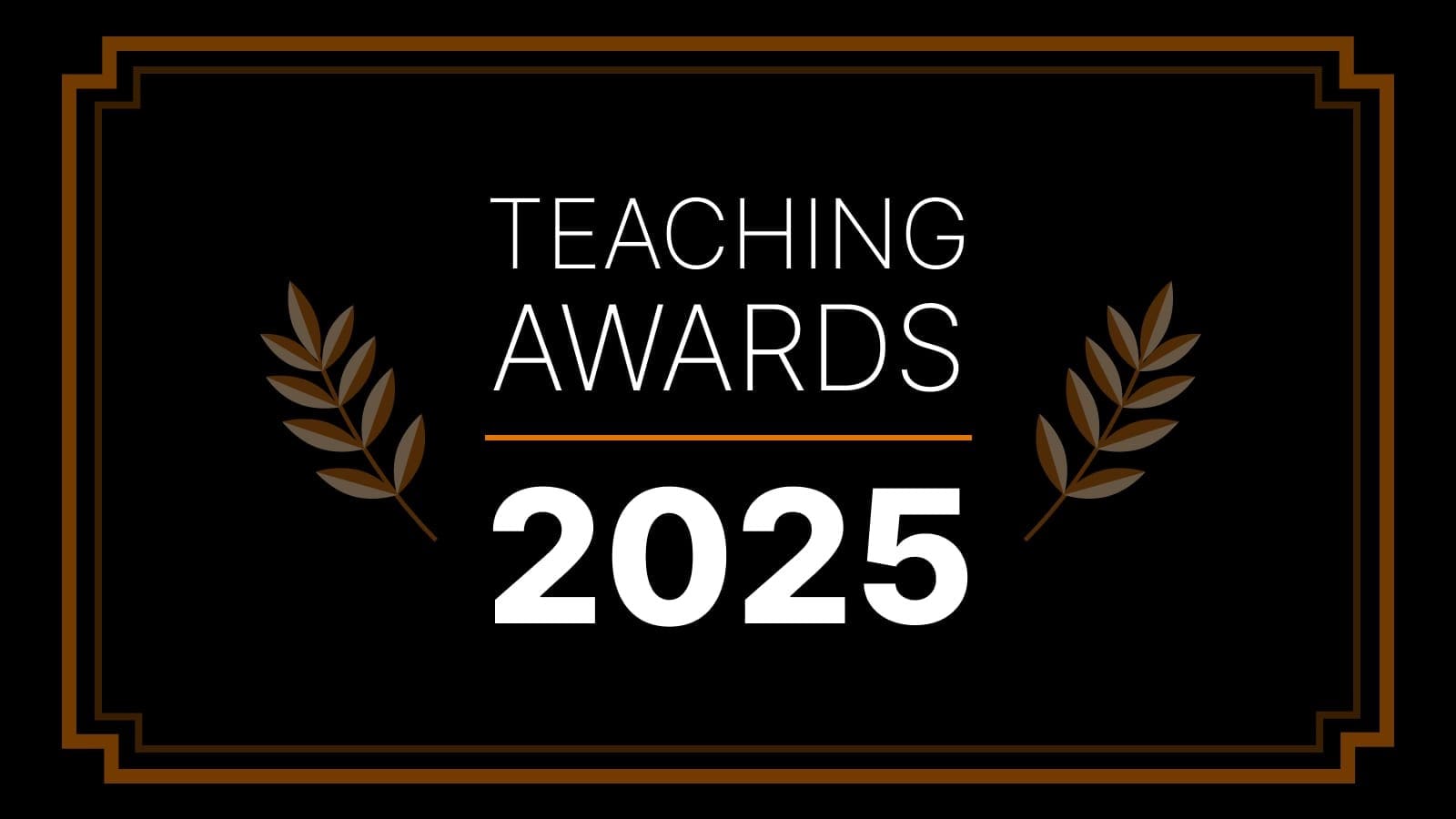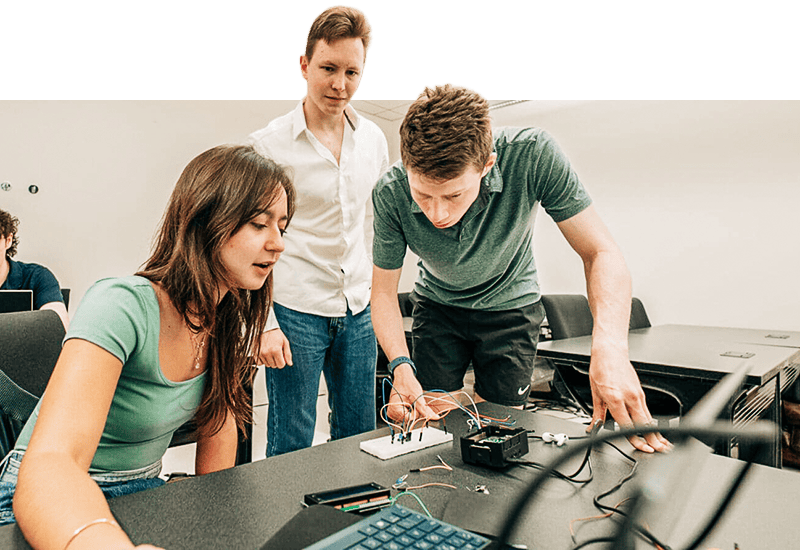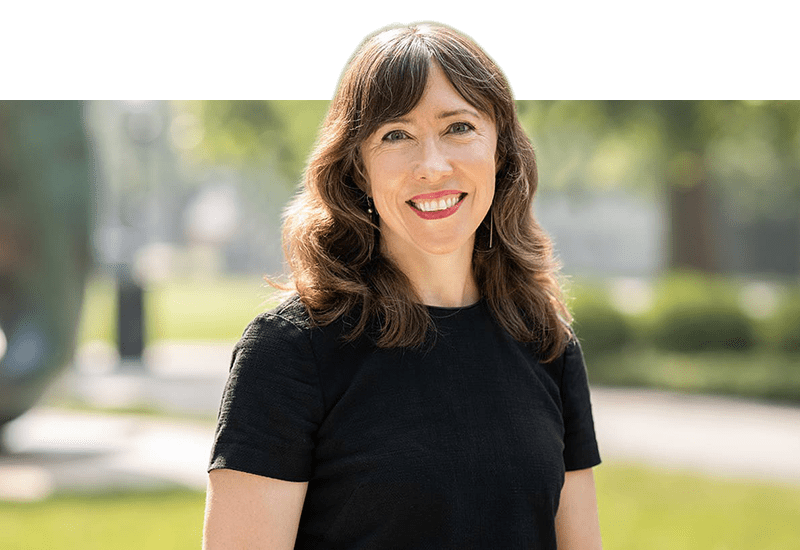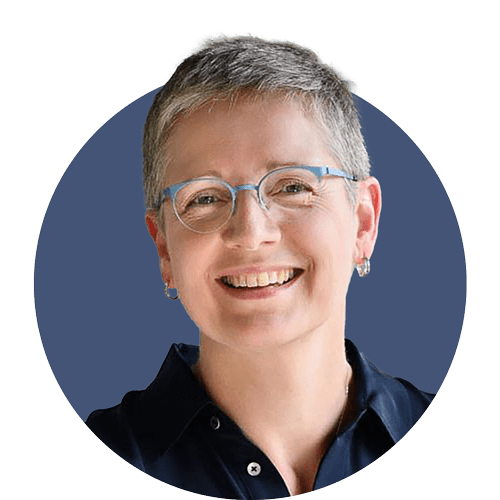
Formerly incarcerated students dive into engineering research
By
on
Before his internship at Princeton University this summer, Wali Palmer knew lasers as highly focused beams of light. But his research experience at Princeton opened Palmer’s eyes to laser-based devices that could detect disease, perform surgeries and sense dangerous gases — and put him on a path toward designing them.
“That’s a whole next level of technology,” said Palmer, who will begin his second year at Rutgers University-Camden this fall.
Palmer, who is interested in computing and electrical engineering, took an unusual path to Princeton. He is one of four formerly incarcerated students who took part in this summer’s internship program introducing them to research in STEM fields. The four labs that hosted this year’s interns were led by engineering faculty.
Bridgett vonHoldt, an associate professor of ecology and evolutionary biology, directs the program, which is funded by the National Science Foundation. VonHoldt launched the internship as a virtual program in 2021, in partnership with the University’s Prison Teaching Initiative and the New Jersey Scholarship and Transformative Education in Prisons Consortium (NJ-STEP), which helps identify and support candidates for the program.
Working closely with Ph.D. student Andres Correa Hernandez, Palmer helped Professor Claire Gmachl’s research team use software to design new lasers more efficiently, so they don’t waste time and materials testing devices.
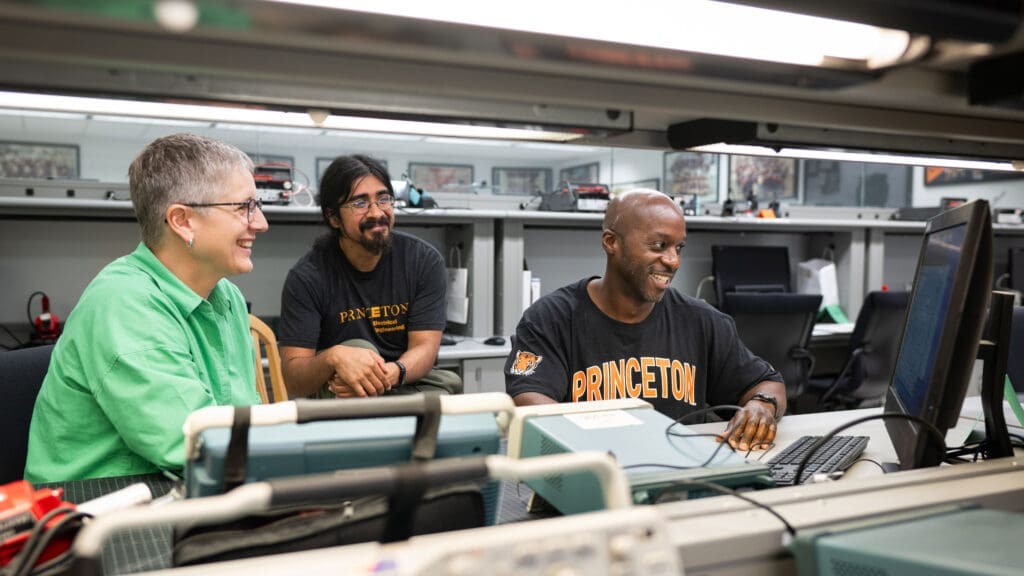
“Education and knowledge are really for everyone, at every moment in life, no matter what,” said Gmachl, the Eugene Higgins Professor of Electrical Engineering. Students with more life experience often “have a much clearer vision of what they want to do, and that poses its own challenges, and makes it interesting” to train students in a focused, efficient way, she said.
Palmer said his research experience “has been liberating, because it’s given me a new perspective on technology that’s going to change lives.”
In addition to Gmachl, Princeton Engineering faculty members Craig Arnold, Jerelle Joseph and Andrej Košmrlj served as mentors to interns in this summer’s program, along with graduate students from their research groups who served as day-to-day peer mentors.
Intern Paul Boyd worked with Joseph, assistant professor of chemical and biological engineering, and Ph.D. student Ananya Chakravarti on a project to explore the impacts of mutations on the behavior of RNA binding proteins, which may play a role in some types of dementia.
In Košmrlj’s mechanical and aerospace engineering research group, intern Ali Muslim worked with Ph.D. student Tejas Dethe on simulations to investigate the properties of phononic crystals — materials that can interact with sound in precise ways to produce desired acoustic effects.
Intern Claude McDougal took a different path, analyzing university research transfer processes and how they might be applied to a new technology from Arnold’s laboratory. Arnold, the Susan Dod Brown Professor of Mechanical and Aerospace Engineering and vice dean for innovation at Princeton, is leading the development of carbon-based aerogels for applications such as water purification and desalination.
McDougal, a student at the University of Nevada-Las Vegas who spent the summer at Princeton, said he was interested in learning about “the phases of moving that from research to something real in the marketplace. How do you go from a problem that needs to be solved, from research to an invention? And then, how do you protect that intellectual property?”
McDougal’s peer mentor, Ph.D. student Mohd Shaharyar Wani, said the project deepened his own knowledge of the patent process. He also made a point of introducing McDougal to the techniques used to characterize new materials. Bringing together this knowledge “broadens the thought process,” said Wani. “It helped him learn to put patent claims in a very precise manner to have more impact.”
Before embarking on research projects, interns in the program spent two weeks taking a course on “Scientific Thought and Practice,” taught by Amanda Quirk of Columbia University; and a computing course led by Princeton Research Computing instructors from the University community.
“Computing is now so important as the third pillar of scientific research” along with theory and experiment, said Ma. Florevel (Floe) Fusin-Wischusen, manager of the Princeton Institute for Computational Science and Engineering. This was the first year that the institute partnered with this program to share and showcase Princeton’s computing resources, said Fusin-Wischusen.
The interns took a private tour of Princeton’s High-Performance Computing Research Center, a 48,000-square-foot facility north of the main campus. The group got a peek inside the data center that enables complex computations for research such as modeling the formation of galaxies and the collisions of subatomic particles. Curtis Hillegas, associate CIO of Research Computing, also highlighted the building’s energy infrastructure and the dual design goals of sustainability and reliability.
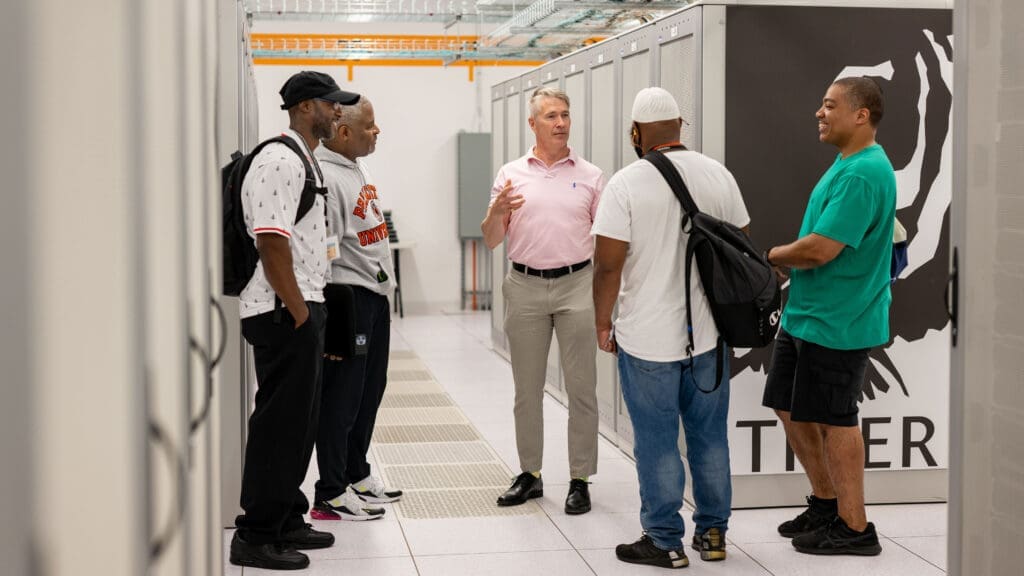
Getting to see “the massive scale of things going on in the background at the highest of levels [of computing] in the academic world was just mind-blowing,” said McDougal of the computing center tour.
The staff of the Prison Teaching Initiative (PTI) help recruit and support the program’s interns. PTI has brought higher education classes to prisons around New Jersey since 2006, and is a founding partner of the National Science Foundation’s STEM-OPS network, which advances STEM learning opportunities for people who are currently and formerly incarcerated.
The program builds on the success of Princeton’s efforts to expand opportunities for students from other institutions who might not otherwise have access to research as undergraduates. Jannette Carey, associate professor of chemistry, has run a summer research program in molecular biophysics since 2014, and approached vonHoldt with the idea of starting a program specifically for students who were formerly incarcerated.
“I often struggle with how to conduct effective outreach and science communication,” said vonHoldt, whose research uses genetics to understand the ecology, diversity and evolution and of wild and domesticated canines. “I do a lot of seminars and social media, but there are certain populations of students that we have done a disservice to. This, to me, was the most tangible way of reaching a population of students to give them the support that sometimes is really hard to come by.”
Along with research and technical training, the internship included career development and support from Dameon Stackhouse, an alumnus of the molecular biophysics summer program who is now a social worker for Somerset County, New Jersey.
Building relationships is a key part of the experience for students, said Stackhouse, who began earning his Rutgers degree while in prison. “Only individuals that have been through incarceration can fully understand the dynamics of pursuing your educational goals” in this context, with all the challenges and triumphs it entails, he said.
McDougal said that getting to know researchers and the community at Princeton has changed his outlook on the future.
“I didn’t see myself in the academic world. I didn’t really look at that as a possibility,” he said. “But now I see it as a possibility. Being around younger students keeps you young. It feeds your inner creativity.”


